Varying performance in different conditions, plus need ideas
linnea56 (zone 5b Chicago)
15 years ago
Related Stories
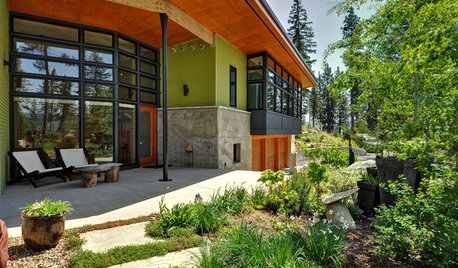
BUDGETING YOUR PROJECTConstruction Contracts: What Are General Conditions?
Here’s what you should know about these behind-the-scenes costs and why your contractor bills for them
Full Story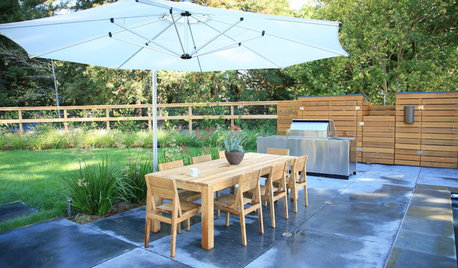
GARDENING AND LANDSCAPINGHow to Pick a Patio Umbrella That Performs
Looking for just the right amount of shade, sturdiness and weather resistance? We've got you covered
Full Story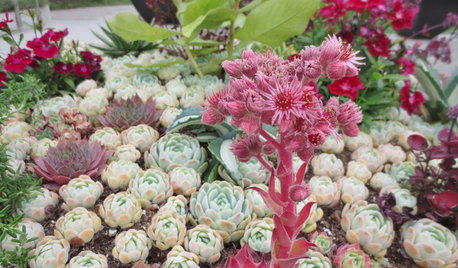
GARDENING GUIDESAlpine Plants: High Performers at Low Altitudes Too
So Heidi and the goats aren't your neighbors. Alpine plants can be lovely and low maintenance on difficult sites beyond the mountains
Full Story
LIFE6 Ways to Cool Off Without Air Conditioning
These methods can reduce temperatures in the home and save on energy bills
Full Story
DECORATING GUIDESStaging vs. Decorating: What's the Difference?
Unlike decorating, staging your home isn't about personal style — it's about creating ambiance and appeal for buyers
Full Story
TILEEpoxy vs. Cement Grout — What's the Difference?
Grout is grout, right? Nope. Cement and epoxy versions have different appearances, durability and rules of installation
Full Story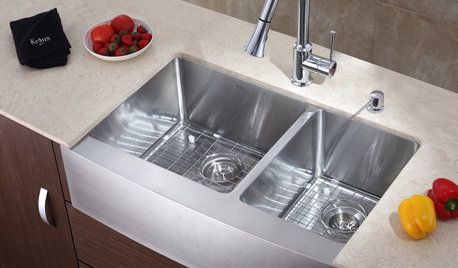
MOST POPULAR8 Little Remodeling Touches That Make a Big Difference
Make your life easier while making your home nicer, with these design details you'll really appreciate
Full Story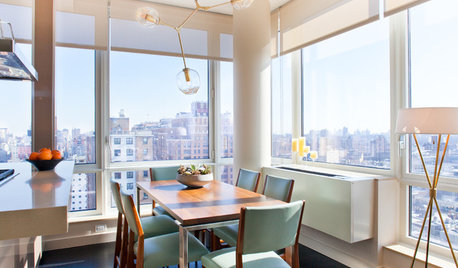
LIFECondo, Co-op, Townhouse, TIC — What's the Difference?
Learn the details about housing alternatives so you can make a smart choice when buying a home
Full Story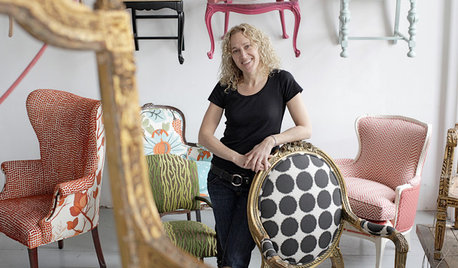
TASTEMAKERS3 Extreme Chair Makeovers — Plus DIY Reupholstering Tips
Spoiled seats and forlorn frames get kicked to the curb by a Philadelphia reupholstery whiz with a flair for salvaging and artistic designs
Full Story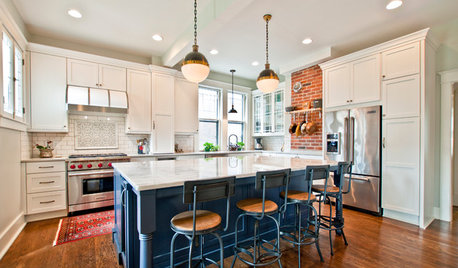
KITCHEN DESIGNKitchen Combo to Try: Neutral Cabinets, Different-Colored Island
Avoid a too-sterile look and establish a focal point with a contrasting island hue
Full Story





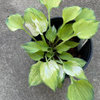
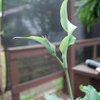

esther_opal
ken_adrian Adrian MI cold Z5
Related Professionals
Washington Landscape Architects & Landscape Designers · Surprise Landscape Contractors · Columbine Landscape Contractors · Vallejo Landscape Contractors · Shafter Landscape Contractors · Wauconda Driveway Installation & Maintenance · Altadena Fence Contractors · Charlotte Fence Contractors · Los Angeles Fence Contractors · Newington Fence Contractors · Hermosa Beach Fence Contractors · Fountain Valley Fence Contractors · Bell Gardens Solar Energy Systems · Bridgeport Solar Energy Systems · La Mirada Solar Energy Systemslinnea56 (zone 5b Chicago)Original Author
regattagirl
esther_opal
sheltieche
esther_opal
inlimbo
botanybabe
linnea56 (zone 5b Chicago)Original Author
pzelko
goldedger
sheltieche